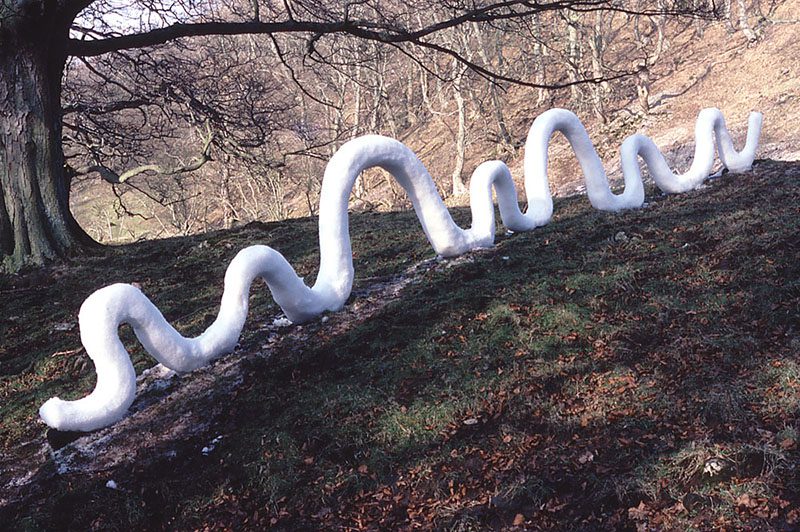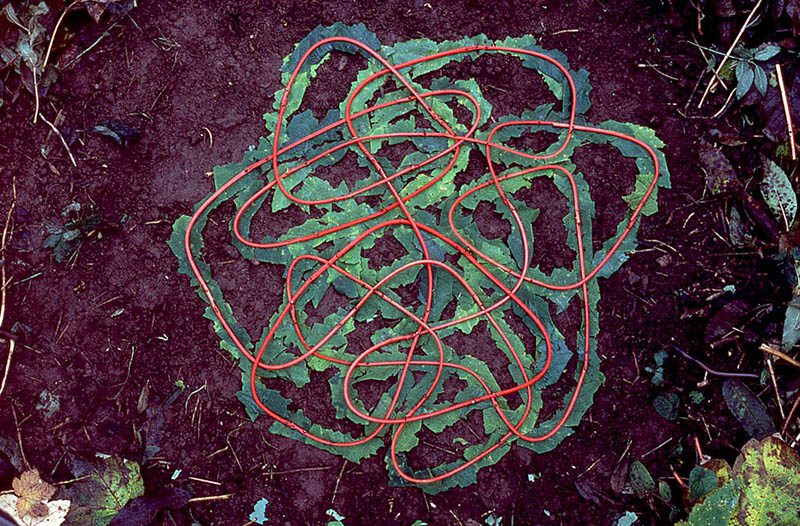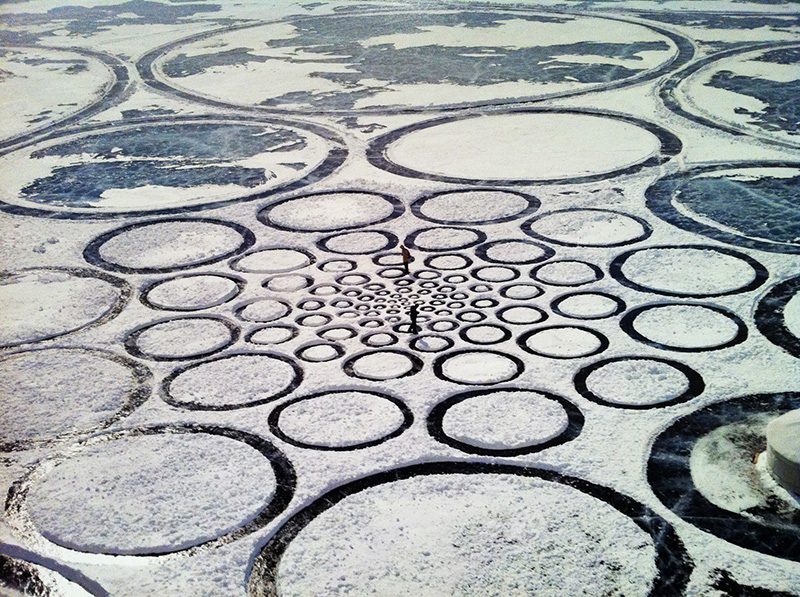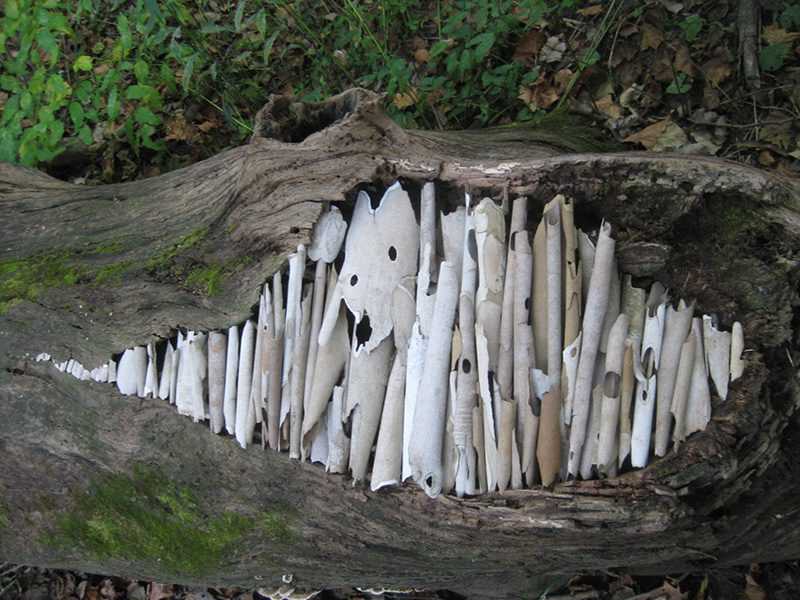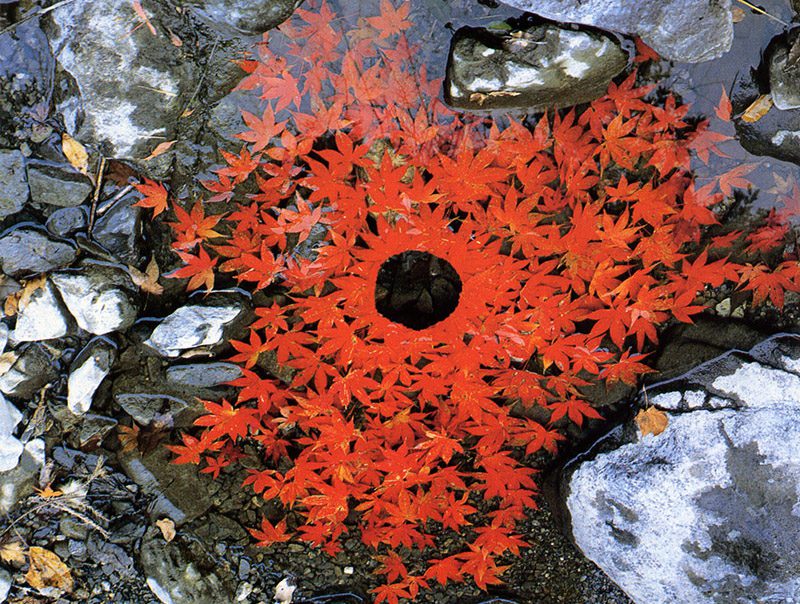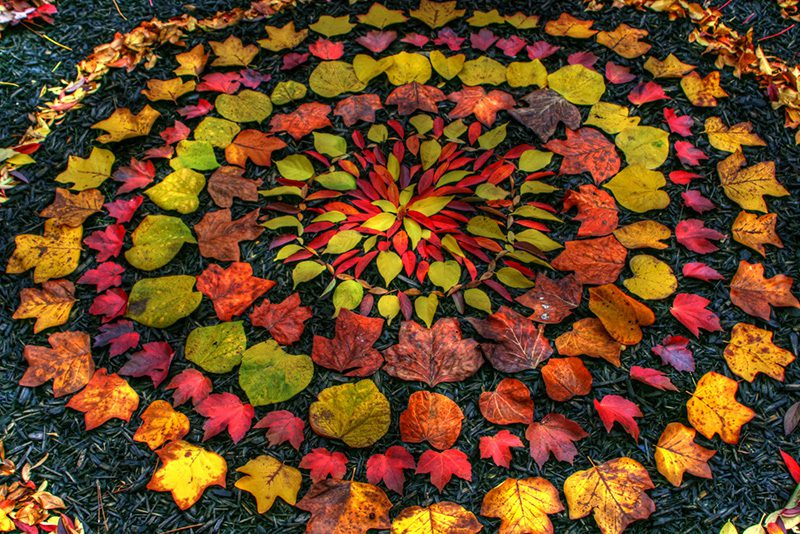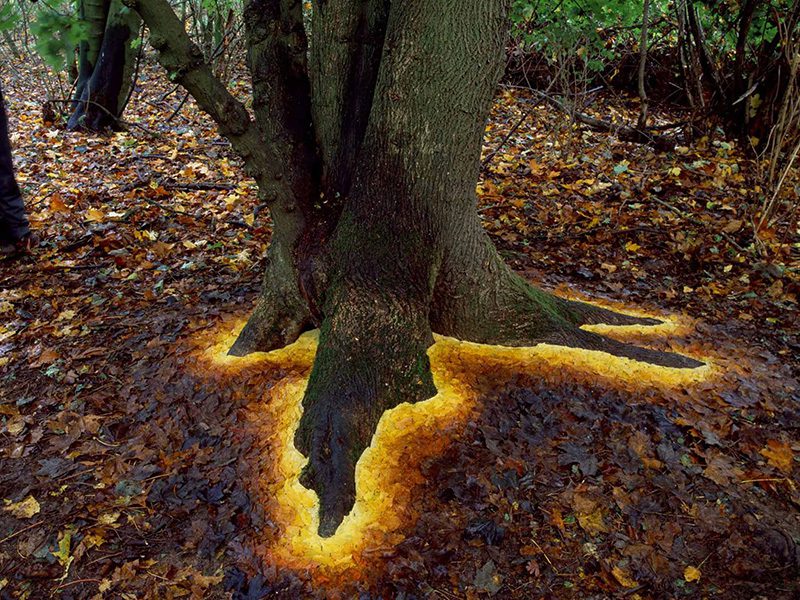TRACES: Andy Goldsworthy
 Today is the occasion to bear in mind Andy Goldsworthy (26/7/1956- ). His is, photographer and environmentalist, his works consists of natural landscapes, works produced by only him and the nature whether this be a picture or 3-dimentional sculpture. Through documents or interviews, starting with: moments and memories, we reveal out from the past unknown sides of big personalities, who left their indelible traces in time and history…
Today is the occasion to bear in mind Andy Goldsworthy (26/7/1956- ). His is, photographer and environmentalist, his works consists of natural landscapes, works produced by only him and the nature whether this be a picture or 3-dimentional sculpture. Through documents or interviews, starting with: moments and memories, we reveal out from the past unknown sides of big personalities, who left their indelible traces in time and history…
By Dimitris Lempesis
 Andy Goldsworthy was born in Cheshire, from the age of 13 he worked on farms as a labourer. He has likened the repetitive quality of farm tasks to the routine of making sculpture: “A lot of my work is like picking potatoes; you have to get into the rhythm of it”. Goldsworthy grew up in West Yorkshire, and worked as a farm laborer from an early age, an experience that allowed him to develop an intense awareness of his surroundings and an appreciation for the ephemeral qualities of landscape. He studied Fine Art at Bradford School of Art in his hometown, and at Preston Polytechnic in Preston. While in school, he became familiar with other British artists following a similar environmental doctrine, including Richard Long and Hamish Fulton. Over the past 25 years, Goldsworthy has gained a significant reputation for both his ephemeral works and his permanent installations that draw out the endemic character of a place. The artist works with natural materials, such as leaves, sand, ice, and stone that often originate from the local site. At a first glance, one may find it difficult to believe that his works are artificially created. He often uses brightly coloured flowers, icicles, leaves, mud, pinecones, snow, stone, twigs, and thorns. However, most of his work is temporary, which degrades over time. One such creation was the gigantic “Ice Snake”, which melted due to the heat. Though he has created very few works, each one of them have been considered to be a masterpiece by many. Andy owes his love towards nature to his family, who introduced him to agriculture at a very tender age. Since then, he had the idea of creating sculptures using already existing elements of nature. Goldsworthy has presented his works at many art exhibitions, over a period of 40 years. Although the physical survival of his sculptures is rarely ensured, Goldsworthy photographs his sites before, during, and after he has created his structures within the landscape, allowing these photographs to serve as permanent records of each piece. According to Goldsworthy, “Each work grows, stays, decays – integral parts of a cycle which the photograph shows at its heights, marking the moment when the work is most alive. There is an intensity about a work at its peak that I hope is expressed in the image. Process and decay are implicit”. Goldsworthy produced a commissioned work for the entry courtyard of San Francisco’s De Young Museum called “Drawn Stone”, which echoes San Francisco’s frequent earthquakes and their effects. His installation included a giant crack in the pavement that broke off into smaller cracks, and broken limestone, which could be used for benches. The smaller cracks were made with a hammer adding unpredictability to the work as he created it.
Andy Goldsworthy was born in Cheshire, from the age of 13 he worked on farms as a labourer. He has likened the repetitive quality of farm tasks to the routine of making sculpture: “A lot of my work is like picking potatoes; you have to get into the rhythm of it”. Goldsworthy grew up in West Yorkshire, and worked as a farm laborer from an early age, an experience that allowed him to develop an intense awareness of his surroundings and an appreciation for the ephemeral qualities of landscape. He studied Fine Art at Bradford School of Art in his hometown, and at Preston Polytechnic in Preston. While in school, he became familiar with other British artists following a similar environmental doctrine, including Richard Long and Hamish Fulton. Over the past 25 years, Goldsworthy has gained a significant reputation for both his ephemeral works and his permanent installations that draw out the endemic character of a place. The artist works with natural materials, such as leaves, sand, ice, and stone that often originate from the local site. At a first glance, one may find it difficult to believe that his works are artificially created. He often uses brightly coloured flowers, icicles, leaves, mud, pinecones, snow, stone, twigs, and thorns. However, most of his work is temporary, which degrades over time. One such creation was the gigantic “Ice Snake”, which melted due to the heat. Though he has created very few works, each one of them have been considered to be a masterpiece by many. Andy owes his love towards nature to his family, who introduced him to agriculture at a very tender age. Since then, he had the idea of creating sculptures using already existing elements of nature. Goldsworthy has presented his works at many art exhibitions, over a period of 40 years. Although the physical survival of his sculptures is rarely ensured, Goldsworthy photographs his sites before, during, and after he has created his structures within the landscape, allowing these photographs to serve as permanent records of each piece. According to Goldsworthy, “Each work grows, stays, decays – integral parts of a cycle which the photograph shows at its heights, marking the moment when the work is most alive. There is an intensity about a work at its peak that I hope is expressed in the image. Process and decay are implicit”. Goldsworthy produced a commissioned work for the entry courtyard of San Francisco’s De Young Museum called “Drawn Stone”, which echoes San Francisco’s frequent earthquakes and their effects. His installation included a giant crack in the pavement that broke off into smaller cracks, and broken limestone, which could be used for benches. The smaller cracks were made with a hammer adding unpredictability to the work as he created it.



